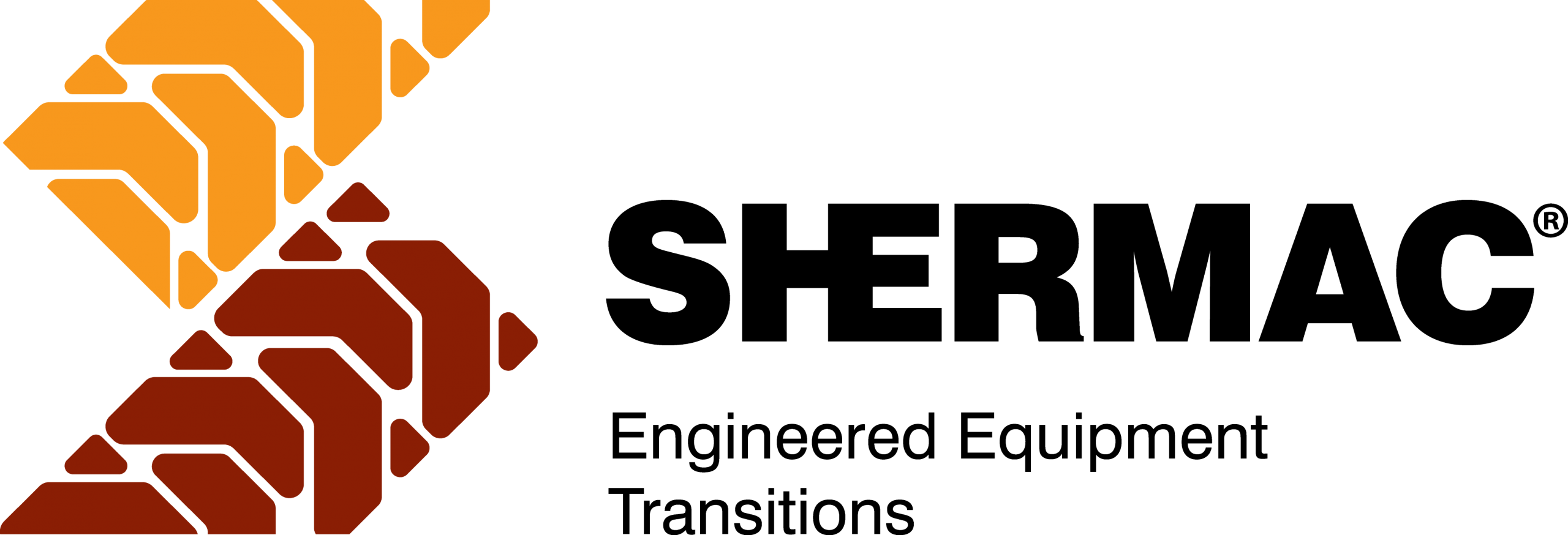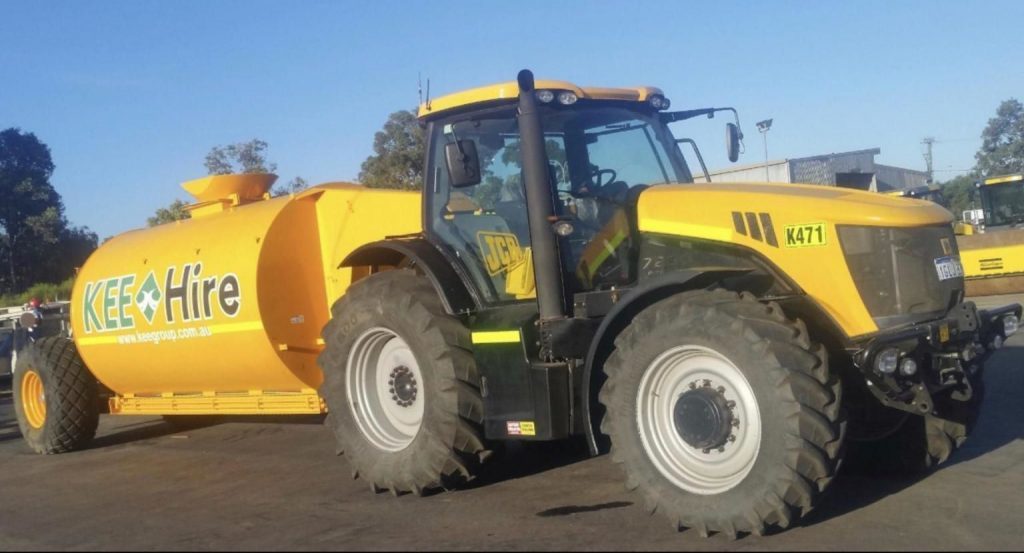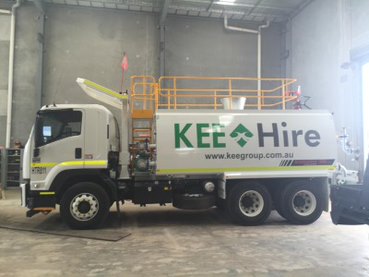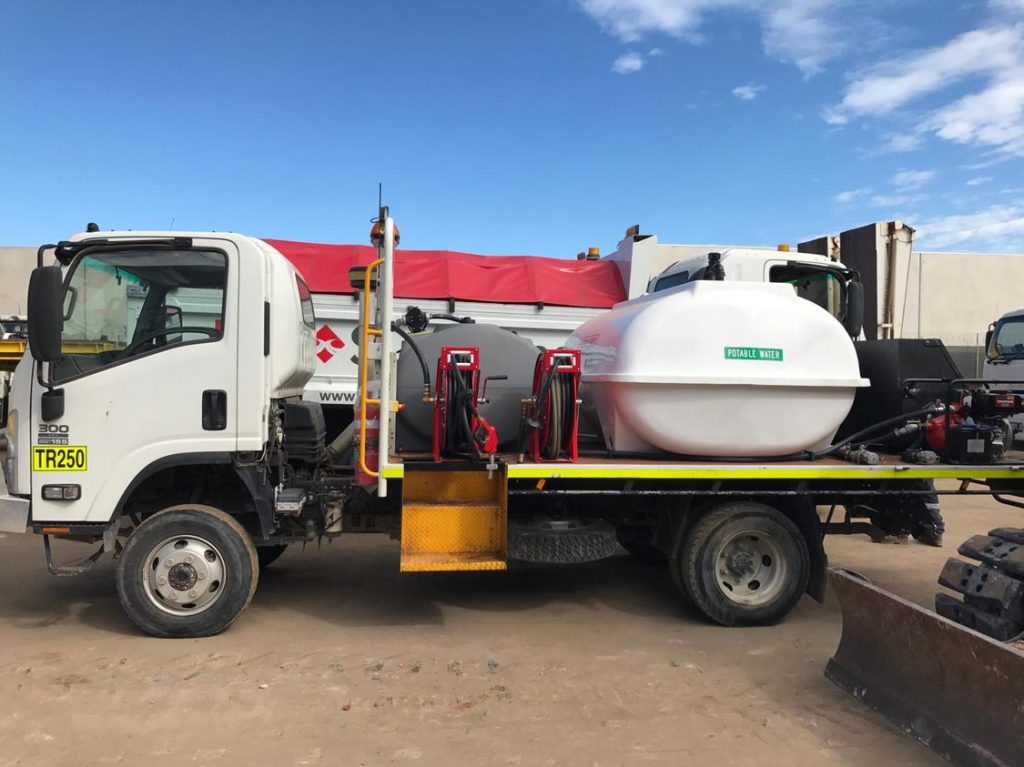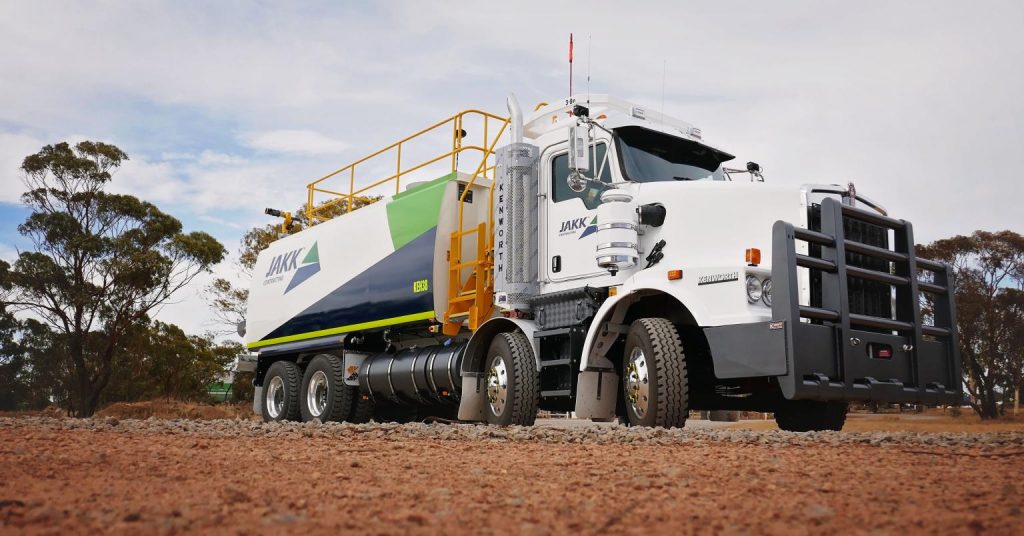The challenges presented by dust from coal mining activities is well understood. When inhaled, coal dust is a proven carcinogen and a cause of lung disease. When mixed with gas, atmospheric coal dust creates a potential explosion hazard, and it also presents equipment maintenance challenges through premature wear and breakdowns.
Australia is the 4th largest coal producer in the world and is responsible for 6.2% of global coal production. There are approximately 400 coal mines in Australia and nearly 80% of coal is produced from open-cut mines in contrast with the rest of the world, where open-cut mining only accounts for 40% of coal production.
Types of atmospheric particles include suspended particulate matter designated as PM10 which are coarse particles with a diameter of 10 microns or less and fine particles, designated PM2.5 with a diameter of 2.5 microns or less.
During the extraction, transport and processing of coal in surface mining operations, significant amounts of airborne respirable dust can be generated.
While there are rigorous safety standards to reduce the risks associated with coal dust, mine haul roads are particularly challenging.
“Mine haul roads are generally dirt roads and sustain continuous heavy vehicle traffic” EPA’s Mark Gifford said, adding “Dust generated from haul roads within the mines is the biggest source of fine dust particles on most mine sites, contributing about 40 per cent of total emissions.
When it is windy and dry, this [overburden] dust is more likely to leave mine sites, so tighter control is needed at these times,” Gifford said.
Mine roads need to be constructed and maintained to optimise the transfer of material from the point of production to processing facilities while minimising the creation of airborne dust, and one of the unsung heroes of the mining industry is the water truck. The water truck (or water cart) is essential for compaction and dust suppression on mine roads.
Shermac was founded on the understanding that the operational needs and operating environments of customers were so diverse that standardised equipment did not offer them sufficient flexibility, and while customers were looking for customised equipment options, these were not available in the equipment manufacturers marketplace.
Shermac will work with you to establish your strategic, operational, and budgetary requirements to build the ideal water cartage vehicle or fleet that saves you time and money. Customisation ensures Shermac water carts are fit-for-purpose, optimising productivity, utilisation and effectiveness while minimising operational risk for our customers.
Ready to find out more? Talk to our expert team to find out more about how custom design and concept-to-delivery engineering and manufacturing capabilities can minimise project risk and ensure lowest total cost of ownership.
